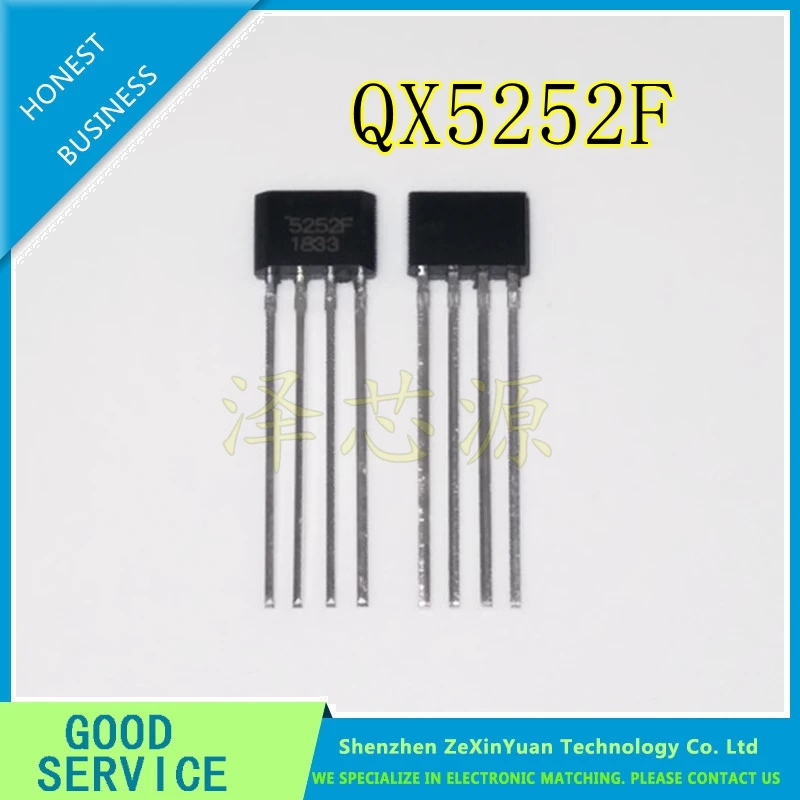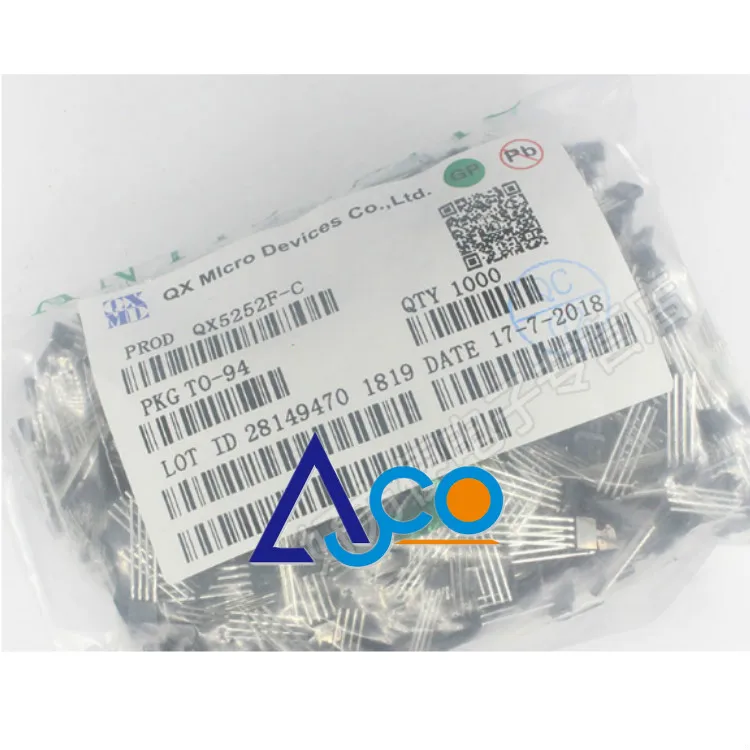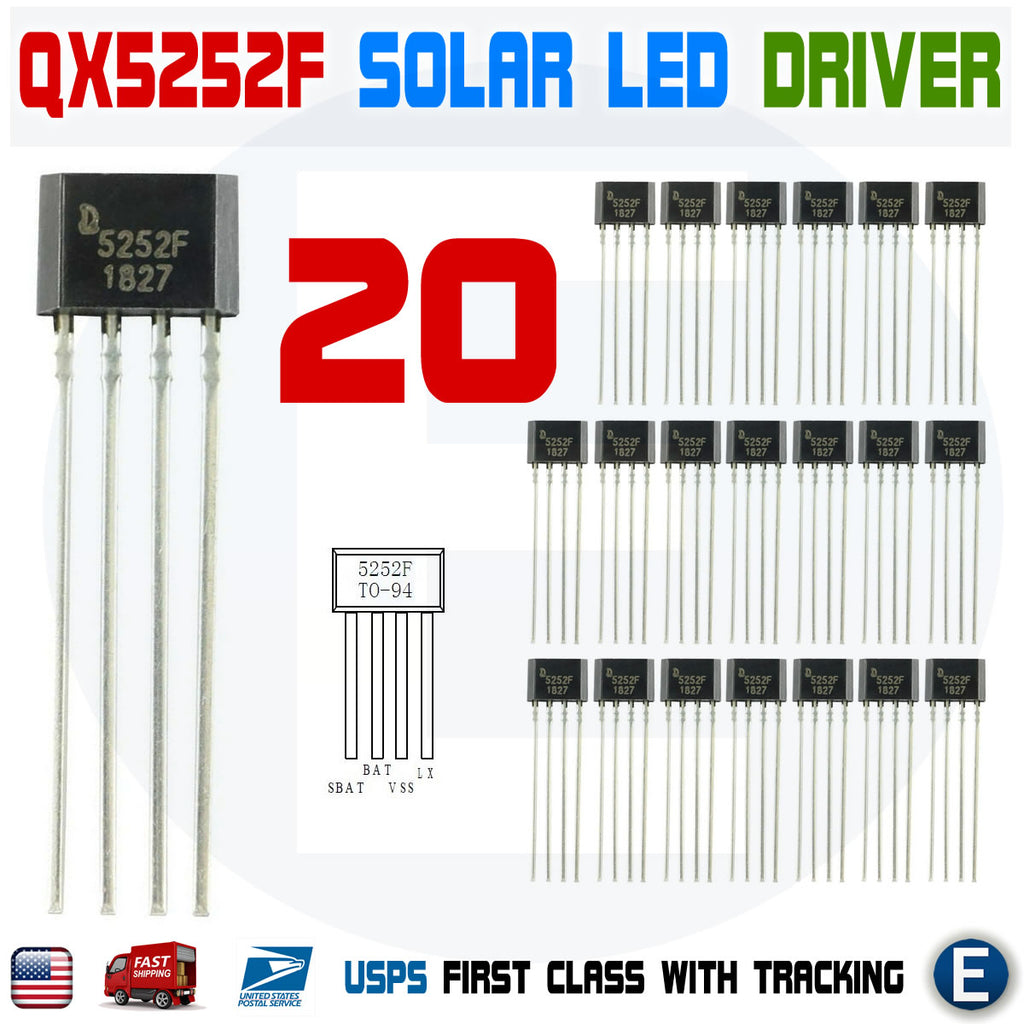


Many of them were repaired by me and they range from 1.5 volt solar cells to 6 volt solar cells and 20 mA to over 100 mA. The first part of a solar circuit is the solar cell or other device for collecting light and making use of it I have quite a collection of solar cells and solar panels, most of them salvaged from solar garden lights rescued from the garbage. If you make the circuits in the garden light IC datasheet you will need the parts listed in the datasheets. Photo Resistor, if you salvage garden lights like I do you should have plenty.ġ ultra-bright LED more if you are doing more than one project, colored LEDs if you like, just for fun and children like pretty colors.Ĭapacitors a must for the voltage multipliers. There is a lot of room to play in these circuits.ĥ0Ω, 100Ω, 150Ω, current limiting resistors for the LEDs.ġkΩ, 2kΩ, 5kΩ, 6.8kΩ, 10kΩ, 15kΩ, 22kΩ, 47kΩ, 100kΩ, 1MΩ, most of these resistors you will only need 1 resistor of each for a circuit but it is always nice to have extras. The resistors do not need to be exact so if the schematic calls for a 50Ω resistor, a 47Ω or a 51Ω resistor will work. Resistors you will need an assortment of resistors for these circuits most of them only need to be ¼ watt, once in a while depending on the circuit you build a ½ watt resistor for circuits over 3 volts.

Transistors just about any general purpose low power transistor, can be used for these circuits.ĢN2222, 2N3904, 2N4401, S9013, S8050, BC546, BC547, or similar NPN transistorĢN2907, 2N3906, 2N4403, S9012, S8550, BC556, BC557, or similar PNP transistorĭiodes just about any general purpose, switching or other low power diodes, can be used for these circuits, however Schottky diodes have lower voltage drops and work very well.ġN4001 to 1N4007 series, 1N914 to 1N4448 series, and 1N5817 to 1N5819 series. Most of the circuits in this Instructable work as long as you are in the ball park so it is easy to substitute parts and get the circuits to work. In the last step I control a 5 volt motor with a 1.2 volt battery and the solar light IC.
#5252f chip how to
They are fun to build and to teach your kids, how to work with light.

The circuits are easy to build and to get working. Now to get started adding solar power to your small electronics projects and use the sun to power your battery powered night lights, garden lights, and other automated decorations or projects.
#5252f chip drivers
Some LED drivers incorporate a voltage multiplier or voltage booster in the LED driver circuit since 1.2 volts is insufficient to power the ultra-bright LEDs. Garden lights incorporate three basic circuits, the charging circuit, the dark detecting circuit that turns the LED driver on and off, and the LED driver. Most of the circuit designs used in automated decretive garden lights are simple and easy to reverse engineer.Īlthough it can be more work, I repair the solar cells. The ones that only need minor repairs, I repair, and the ones that need major work I strip for parts and reverse engineer the circuit boards. Each spring I gather solar lights my neighbors tossed in the garbage after the lights have stopped working.


 0 kommentar(er)
0 kommentar(er)
